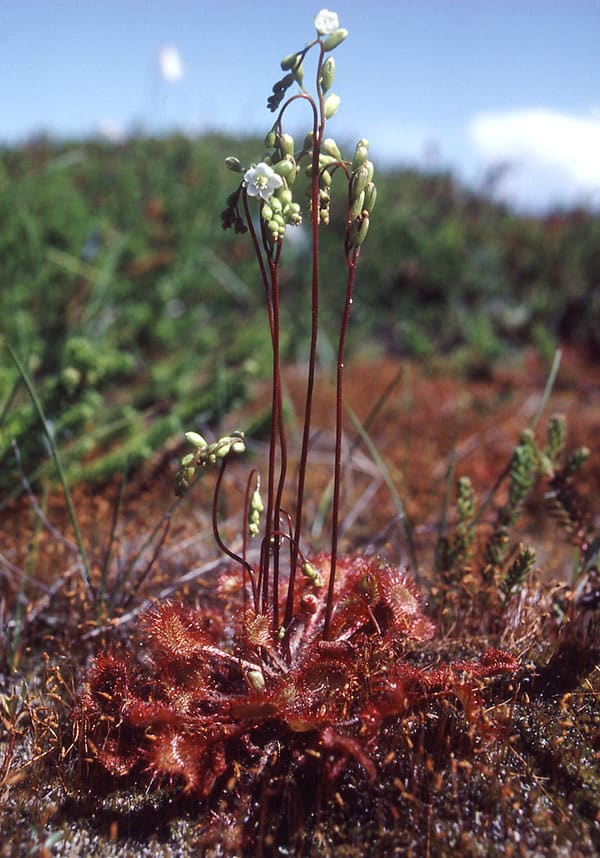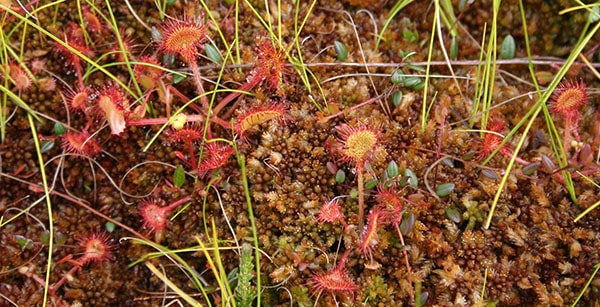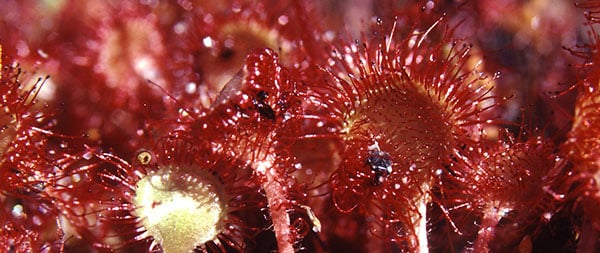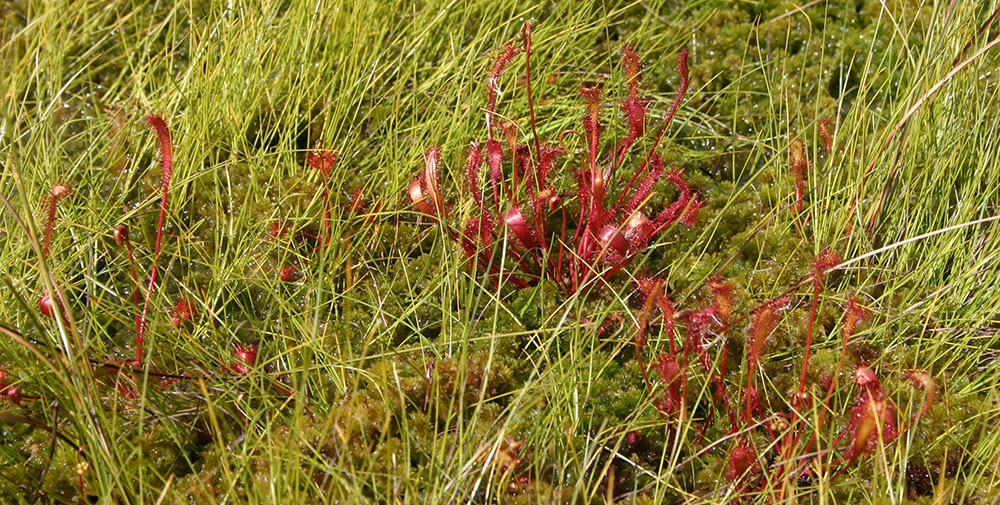Preface by Job Kuijt………………………………………………………………………………………………………………………………………………………..
Author’s preface………………………………………………………………………………………………………………………………………………………………..
Chapter 1. Introduction ………………………………………………………………………………………………………………………………………………..
What is a parasitic plant? ……………………………………………………………………………………………………………………………………………..
Parasite ‘look alikes’…………………………………………………………………………………………………………………………………………………………
—Box 1. Myco-heterotrophic plants —————————————————————————————
Types of parasites and some definitions ……………………………………………………………………………………………………………….
—Box 2. Different structures called a haustorium …………………………………………………………………………………………….
The haustorium ———————————————————————————————————————
—Box 3. Vascular tissue in higher plants ………………………………………………………………………………………………………………
A parasitic gymnosperm …………………………………………………………………………………………………………………………………………….
How many plants are parasitic? ………………………………………………………………………………………………………………………………..
History of research in parasites ………………………………………………………………………………………………………………………………….
Chapter 2. Hemiparasitic Santalales …………………………………………………………………………………………………………………….
Olacaceae …………………………………………………………………………………………………………………………………………………………………………..
Schoepfiaceae …………………………………………………………………………………………………………………………………………………………………
—Box 4. Life cycle and embryology of flowering plants ………………………………………………………………………………..
Opiliaceae ………………………………………………………………………………………………………………………………………………………………………….
Loranthaceae ……………………………………………………………………………………………………………………………………………………………………
—Vegetative morphology ——————————————————————————————————
—Haustorium anatomy ……………………………………………………………………………………………………………………………………………….
—Floral structure and pollination ……………………………………………………………………………………………………………………………
—Bird pollination……………………………………………………………………………………………………………………………………………………………
—Embryology …………………………………………………………………………………………………………………………………………………………………
—Dispersal biology ……………………………………………………………………………………………………………………………………………………….
—The root parasites ……………………………………………………………………………………………………………………………………………………….
—Loranthaceae in the New World ………………………………………………………………………………………………………………………….
—Loranthaceae in Africa ——————————————————————————————————
—Loranthaceae in Eurasia …………………………………………………………………………………………………………………………………………
—Loranthaceae in Australia ………………………………………………………………………………………………………………………………………
—Loranthaceae in selected isolated islands ……………………………………………………………………………………………………….
——Box 5. Endemism ………………………………………………………………………………………………………………………………………………….
Misodendraceae …………………………………………………………………………………………………………………………………………………………….
Eremolepidaceae ………………………………………………………………………………………………………………………………………………………….
Santalaceae ————————————————————————————————————————
—Vegetative morphology ………………………………………………………………………………………………………………………………………….
—Floral biology ……………………………………………………………………………………………………………………………………………………………..
—Herbaceous genera ………………………………………………………………………………………………………………………………………………….
—Woody genera …………………………………………………………………………………………………………………………………………………………….
Viscaceae……………………………………………………………………………………………………………………………………………………………………………
—Dendrophthora ………………………………………………………………………………………………………………………………………………………….
—Phoradendron ……………………………………………………………………………………………………………………………………………………………
—Korthalsella………………………………………………………………………………………………………………………………………………………………….
—Notothixos …………………………………………………………………………………………………………………………………………………………………..
—Viscum ………………………………………………………………………………………………………………………………………………………………………….
—Arceuthobium ——————————————————————————————————————
Summary…………………………………………………………………………………………………………………………………………………………………………..
Chapter 3. Hemiparasitic families other than Santalales ………………………………………………………………………
Krameriaceae …………………………………………………………………………………………………………………………………………………………………
Cassytha (Lauraceae) …………………………………………………………………………………………………………………………………………………..
Cuscuta (Convolvulaceae) —————————————————————————————————
Hemiparasitic Orobanchaceae ……………………………………………………………………………………………………………………………….
—Habit and haustoria ………………………………………………………………………………………………………………………………………………..
—Flower biology …………………………………………………………………………………………………………………………………………………………..
—Widely distributed genera …………………………………………………………………………………………………………………………………..
—Northern temperate zone …………………………………………………………………………………………………………………………………….
—Old World warm climates …………………………………………………………………………………………………………………………………….
Chapter 4. Holoparasitic families ……………………………………………………………………………………………………………………….
Holoparasitic Orobanchaceae ………………………………………………………………………………………………………………………………..
—Genera transferred from Scrophulariaceae …………………………………………………………………………………………………
—Orobanchaceae (sensu stricto) ——————————————————————————————
Cynomoriaceae ……………………………………………………………………………………………………………………………………………………………….
Lennoaceae ………………………………………………………………………………………………………………………………………………………………………
Mitrastemonaceae …………………………………………………………………………………………………………………………………………………………
Apodanthaceae ……………………………………………………………………………………………………………………………………………………………….
Cytinaceae ………………………………………………………………………………………………………………………………………………………………………..
Rafflesiaceae …………………………………………………………………………………………………………………………………………………………………….
—Rafflesia —————————————————————————————————————————
—Sapria …………..………………………………………………………………………………………………………………………………………………………………….
—Rhizanthes …………………………………………………………………………………………………………………………………………………………………..
Hydnoraceae ……………………………………………………………………………………………………………………………………………………………………
—Hydnora ………………………………………………………………………………………………………………………………………………………………………..
—Prosopanche ……………………………………………………………………………………………………………………………………………………………….
Balanophoraceae …………………………………………………………………………………………………………………………………………………………..
—Vegetative morphology and anatomy …………………………………………………………………………………………………………….
—Inflorescences and flowers ……………………………………………………………………………………………………………………………………
—The most widely distributed genera ………………………………………………………………………………………………………………..
—American genera ————————————————————————————————————
—African genera ……………………………………………………………………………………………………………………………………………………………
—Southeast Asian-Pacific genera …………………………………………………………………………………………………………………………
Chapter 5. Establishment of the parasite ……………………………………………………………………………………………………….
Seed dispersal strategies …………………………………………………………………………………………………………………………………………..
Germination and host recognition ……………………………………………………………………………………………………………………….
Haustorial development …………………………………………………………………………………………………………………………………………….
—Haustorial initiation …………………………………………………………………………………………………………………………………………………
—Development of the holdfast……………………………………………………………………………………………………………………………….
——Box. 6. The plant cuticle ……………………………………………………………………………………………………………………………………
—Development of the endophyte ………………………………………………………………………………………………………………………..
—Differentiation of the xylem bridge ————————————————————————————
The mature haustorium ………………………………………………………………………………………………………………………………………………
—Interrupted zone ……………………………………………………………………………………………………………………………………………………….
—Graniferous tracheary elements ………………………………………………………………………………………………………………………..
—The interface ———————————————————————————————————————
—Phoradendron case story ………………………………………………………………………………………………………………………………………
Physiology ………………………………………………………………………………………………………………………………………………………………………..
—Water relations (Transpiration) ……………………………………………………………………………………………………………………………
——Box 7. Absorption and transport of nutrient ions ………………………………………………………………………………….
—Nutrient absorption and translocation ……………………………………………………………………………………………………………
—Translocation from parasite to host ………………………………………………………………………………………………………………….
——Box 8. Photosynthesis ………………………………………………………………………………………………………………………………………..
—Photosynthesis …………………………………………………………………………………………………………………………………………………………..
—Further physiological topics ………………………………………………………………………………………………………………………………..
Chapter 6. Host ranges and various ecological aspects of parasitism ……………………………………………
Facultative and obligate parasites ………………………………………………………………………………………………………………………….
Host specificity ………………………………………………………………………………………………………………………………………………………………..
—Determining the host range ………………………………………………………………………………………………………………………………..
—Species delimitation and host range ………………………………………………………………………………………………………………
—Host specificity in various taxa ——————————————————————————————
Epi- and self parasitism ……………………………………………………………………………………………………………………………………………….
Mimicry……………………………………………………………………………………………………………………………………………………………………………….
Host reactions and defence ……………………………………………………………………………………………………………………………………..
Biochemical defence …………………………………………………………………………………………………………………………………………………..
Hypertrophy and hormonal disorder ……………………………………………………………………………………………………………………
Mechanical defence ……………………………………………………………………………………………………………………………………………………..
Relations to non-host organisms …………………………………………………………………………………………………………………………..
Flowers and fruits as food sources ………………………………………………………………………………………………………………………..
Herbivory —————————————————————————————————————————
Diseases ……………………………………………………………………………………………………………………………………………………………………………
Vegetation ecology ……………………………………………………………………………………………………………………………………………………..
—Arid vegetation – xerophytism …………………………………………………………………………………………………………………………..
——Box 7. Xerophytism …………………………………………………………………………………………………………………………………………….
—Coastal vegetation – salt tolerance ………………………………………………………………………………………………………………….
—Temperate and tropical forests …………………………………………………………………………………………………………………………
—Arctic vegetation ————————————————————————————————————
—Cultivated and urban land ………………………………………………………………………………………………………………………………….
Ecosystems – fires ………………………………………………………………………………………………………………………………………………………..
Chapter 7. Harmful parasites and control methods ……………………………………………………………………………….
Parasitic plants in agriculture ………………………………………………………………………………………………………………………………..
—Cuscuta and Cassytha on crops ……………………………………………………………………………………………………………………….
—Striga on crops —————————————————————————————————————
—Orobanche and Phelipanche on crops …………………………………………………………………………………………………………
—Other root parasites on crops ……………………………………………………………………………………………………………………………
—Control methods …………………………………………………………………………………………………………………………………………………….
Parasites in forestry and orchards ……………………………………………………………………………………………………………………….
—Arceuthobium …………………………………………………………………………………………………………………………………………………………
—Other stem parasites ……………………………………………………………………………………………………………………………………………
—Control methods ……………………………………………………………………………………………………………………………………………………
Chapter 8. Ecology and evolution ……………………………………………………………………………………………………………………
Evolution of parasitism in dicots ………………………………………………………………………………………………………………………….
—Evolution of different modes of parasitism ………………………………………………………………………………………………..
—Convergent evolution …………………………………………………………………………………………………………………………………………..
— Co-evolution and bird pollination ————————————————————————————
Phylogeny………………………………………………………………………………………………………………………………………………………………………..
—Transfer of genetic information ……………………………………………………………………………………………………………………….
—The phylogenetic tree ………………………………………………………………………………………………………………………………………….
Nature conservation ———————————————————————————————————
Glossary ………………………………………………………………………………………………………………………………………………………………………….
Selected literature ……………………………………………………………………………………………………………………………………………………
List of photographers …………………………………………………………………………………………………………………………………………….
Index ………………………………………………………………………………………………………………………………………………………………………………. | X
XI
1
1
2
4
6
8
8
9
16
20
23
25
25
29
30
32
33
35
37
42
44
49
50
54
58
66
74
78
81
82
90
94
95
97
99
100
102
113
117
117
123
127
127
136
143
145
145
148
153
161
162
167
169
174
183
189
189
191
198
207
210
213
215
220
223
227
231
232
235
237
239
240
240
243
245
248
255
259
263
263
267
269
270
271
273
276
284
285
287
287
289
291
295
295
296
297
300
301
302
305
307
307
307
308
312
315
326
329
331
331
333
335
335
336
336
341
343
345
346
348
350
351
352
353
357
358
360
361
365
367
369
376
377
379
382
385
386
386
398
401
403
404
405
406
414
417
421
425 |



























